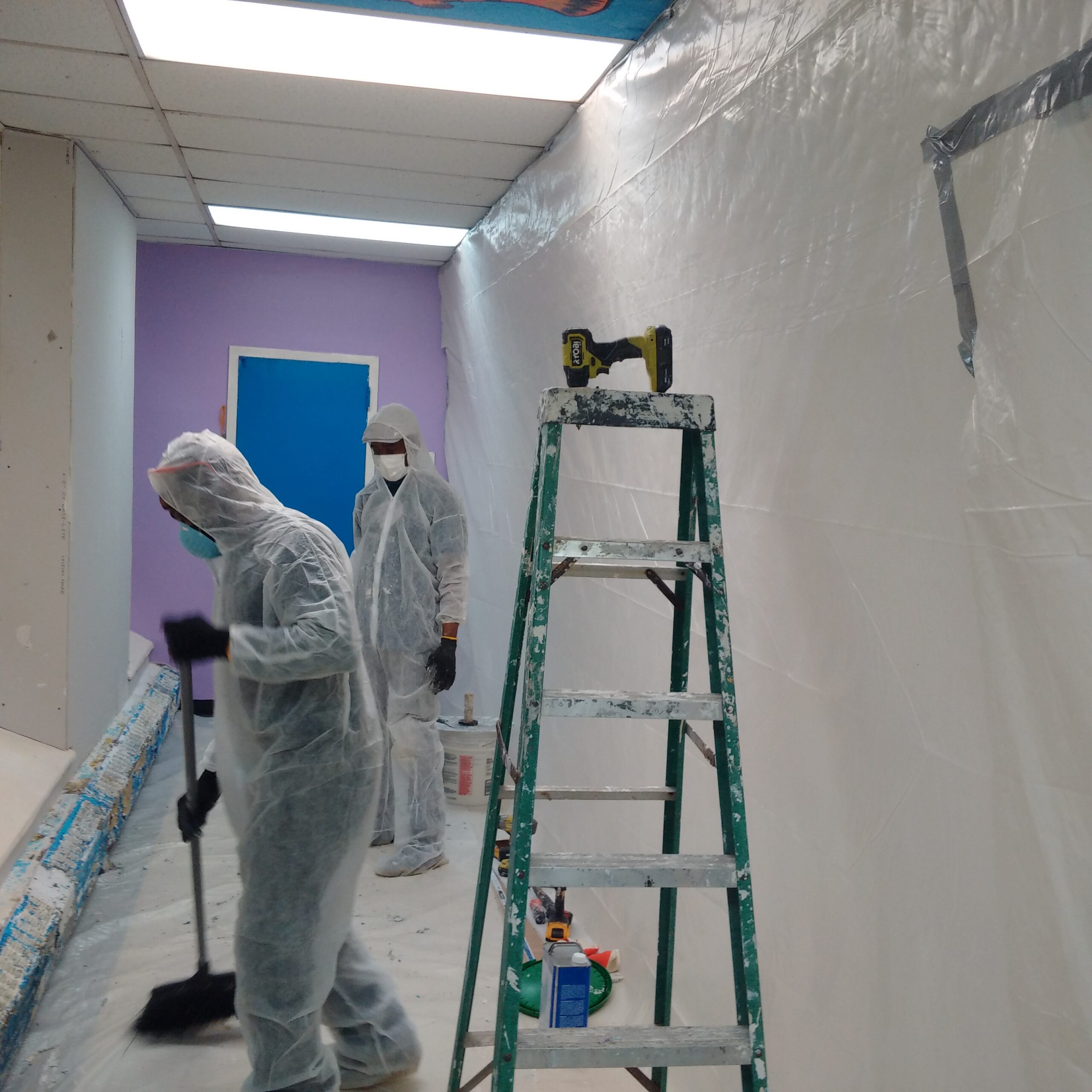DOH & HPD Lead Violation Removal NYC-- Expert Services for Compliance
DOH & HPD Lead Violation Removal NYC-- Expert Services for Compliance
Blog Article
Comprehensive Overview on Effective Lead Violation Elimination Methods
In the realm of ecological security, addressing lead violations requires a thorough and structured approach. This thorough overview starts by highlighting the critical preliminary steps of determining lead hazards through innovative assessment and screening methods. The overview clarifies on the value of adhering to rigorous security procedures during the removal procedure, consisting of the usage of correct PPE and separating affected areas.
Recognizing Lead Hazards
Recognizing lead hazards is a critical very first step in reducing the threats connected with lead exposure. Lead, a toxic steel, can be present in numerous environmental tools, including paint, soil, water, and dust. It postures extreme health dangers, particularly to kids and expecting women, bring about neurological damages and developing delays. Precise identification of potential lead sources is vital for efficient remediation.
The first stage in identifying lead risks involves recognizing usual lead sources within the built environment. Frameworks built before 1978 are specifically at risk due to the common usage of lead-based paint during that period. In addition, soil contamination can occur from wearing away outside paint, commercial exhausts, or historic usage of leaded gas.
An additional considerable resource is lead piping and pipes fixtures, which can leach lead right into alcohol consumption water. Consumer items such as toys, ceramics, and imported items might also contain damaging lead levels. Especially, job-related environments and pastimes including lead can track impurities into homes.
Assessment and Screening
When resolving lead dangers, efficient evaluation and testing are paramount. First analysis commonly entails a visual inspection to determine potential lead resources, such as deteriorating paint or polluted dust.

Dirt clean sampling is an additional vital method, specifically in residential settings. By collecting samples from floorings, windowsills, and various other surfaces, this approach provides understandings right into potential direct exposure dangers. Moreover, soil testing around building boundaries is essential to detect lead contamination that could pose hazards, especially to youngsters.
Safe Removal Procedures
Upon finishing complete evaluation and testing, executing secure elimination treatments is the following essential phase in resolving lead risks. This process guarantees that lead-contaminated products are effectively and safely removed, reducing risk to both employees and locals. The initial step entails separating the damaged location making use of plastic sheet and appropriate sealing strategies to stop the spread of lead dust.
Workers should wear appropriate individual protective devices (PPE), including respirators, gloves, and non reusable coveralls, to reduce direct exposure. Employing specialized devices and wet techniques, such as damp fining sand or using HEPA-filtered vacuum cleaners, decreases the dispersion of lead particles. It is essential to stay clear of dry fining sand or unpleasant blasting, as these methods can create dangerous lead go right here dust.
Waste disposal is another essential element; all contaminated products need to be safely nabbed and identified according to EPA and regional policies. Additionally, thorough cleaning of the workplace with HEPA vacuums and damp wiping ensures the removal of residual lead bits.
Post-Removal Verification

Verification of successful lead elimination, known as post-removal confirmation, is necessary to guarantee the safety and security and habitability of the remediated area. This inspection makes sure that all well-known resources of lead have actually been dealt with and that no noticeable indicators of contamination stay.
Following the aesthetic inspection, environmental tasting is carried out. This entails gathering dirt, soil, and in some cases water examples from the remediated location. Certified labs examine these samples to determine lead degrees, ensuring they fall listed below the security limits developed by regulative bodies such as the Environmental Protection Firm (EPA)
In enhancement, air top quality testing might be executed to detect air-borne lead fragments, especially in instances where comprehensive lead-based paint elimination or renovation has taken place. The outcomes of these tests provide measurable information confirming that the lead degrees are within permissible restrictions.
Ultimately, post-removal verification serves as a crucial checkpoint, verifying the effectiveness of the lead reduction efforts and guarding the health and wellness of passengers and site visitors.
Preventive Procedures and Upkeep

An essential safety net includes using lead-safe accredited contractors for any improvement, repair try here work, or painting activities. These professionals are learnt practices that minimize lead dirt and debris. Furthermore, keeping coloured surface areas to prevent damaging or peeling is essential, as degrading paint can release lead particles into the environment.
Educational campaigns targeting building owners and renters pertaining to the risks of lead and the relevance of reporting any prospective dangers can better enhance precautionary initiatives. Regular cleaning using HEPA vacuums and damp mopping methods can dramatically minimize lead dust buildup.
Final Thought
In summary, effective lead offense removal necessitates my response a careful method encompassing detailed evaluation, precise screening, and strict elimination procedures. Recurring evaluations and upkeep are necessary to reduce future lead threats, thus guarding public health and wellness and ensuring sustained conformity with regulatory needs.
Report this page